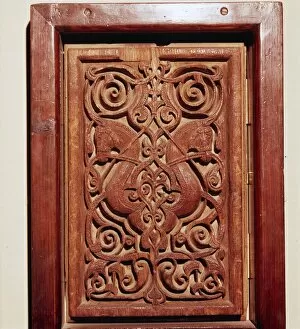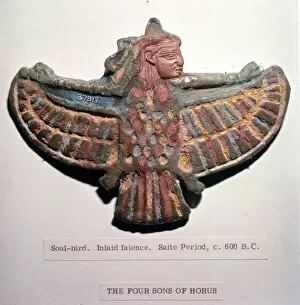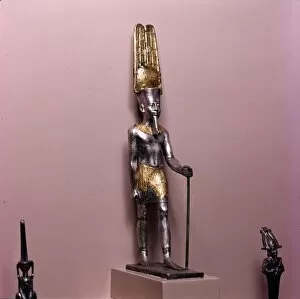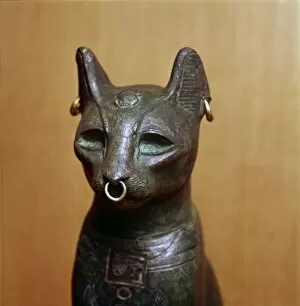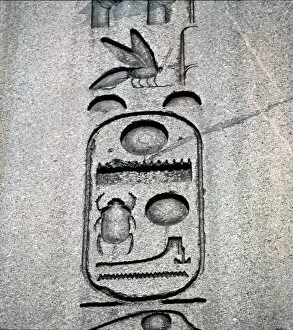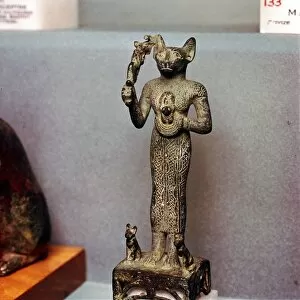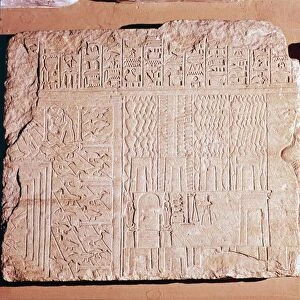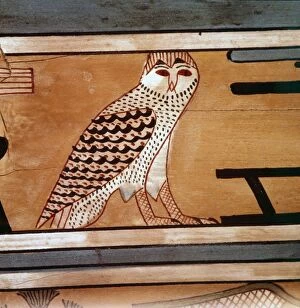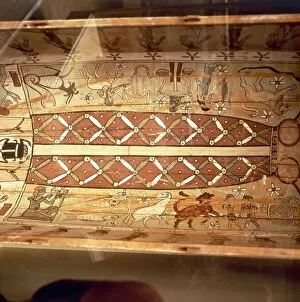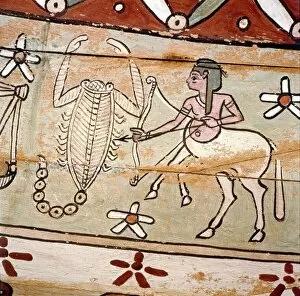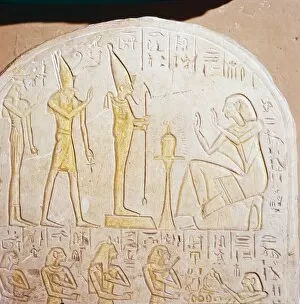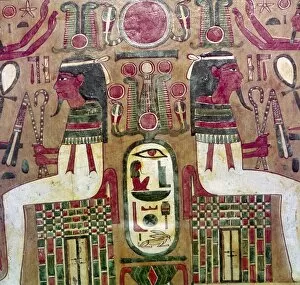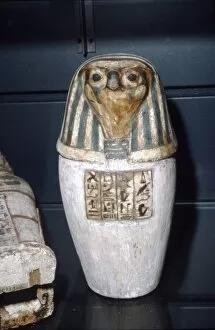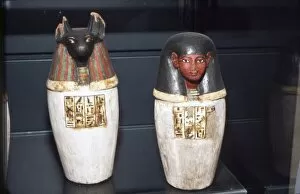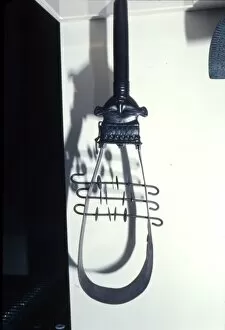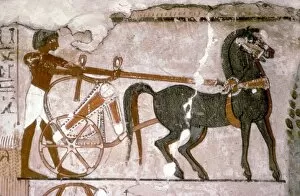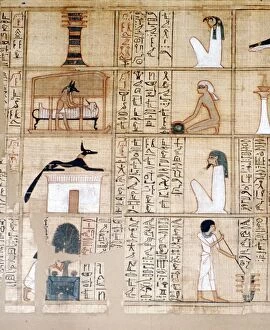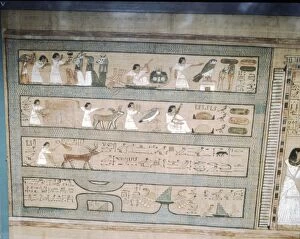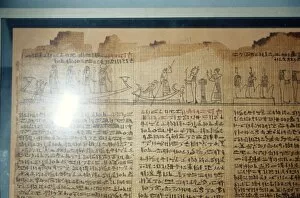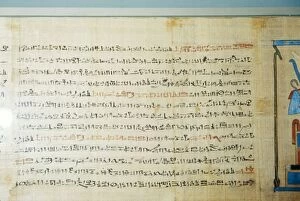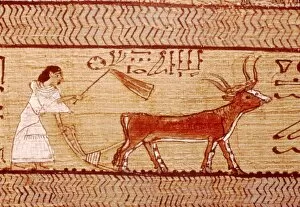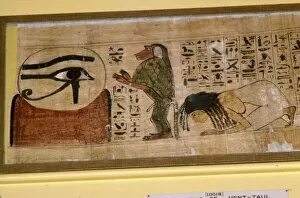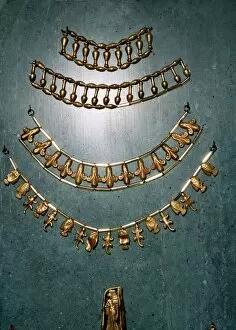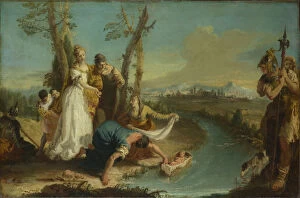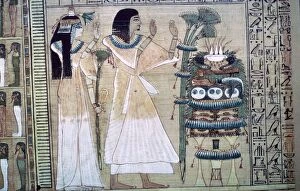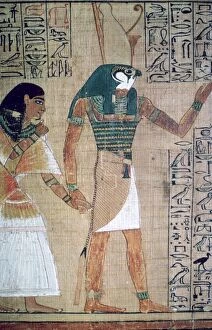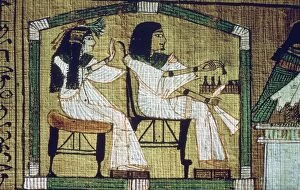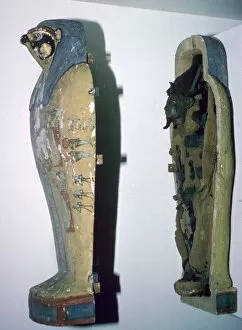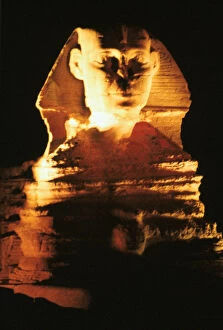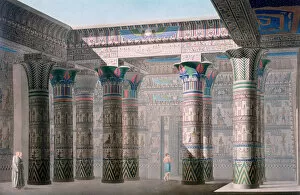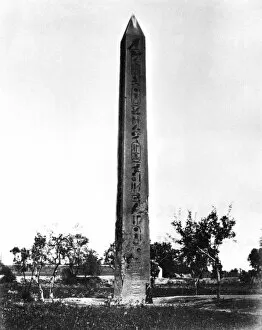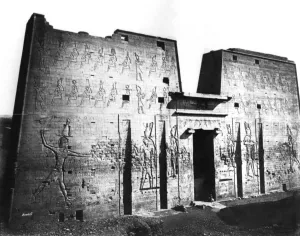Ancient Egypt Collection (#97)
"Journey through Time: Exploring the Wonders of Ancient Egypt" Step into the mystical world of ancient Egypt
For sale as Licensed Images
Choose your image, Select your licence and Download the media
"Journey through Time: Exploring the Wonders of Ancient Egypt" Step into the mystical world of ancient Egypt, where pyramids rise majestically along the banks of the Nile. These architectural marvels stand as a testament to the ingenuity and grandeur of this extraordinary civilization. Delve deeper into their beliefs with "The Book of the Dead of Hunefer, " a sacred text dating back to around 1450 BC. This papyrus manuscript reveals their intricate understanding and preparation for the afterlife. Witness Egyptian deities skillfully separating night from day, symbolizing their profound connection with celestial forces. Their religious practices were deeply intertwined with nature and cosmic order. Discover how ancient Egyptians laid the foundation for one of history's most significant events - Passover ritual. The customs that began in this land continue to be celebrated by millions worldwide today. Marvel at PANC2A-00003, an awe-inspiring depiction showcasing Ra, the sun-god embarking on his daily journey across Egypt's skies. This artwork embodies their reverence for divine power and eternal cycles. Unearth secrets hidden within wall paintings adorning Tutankhamun's tomb in Luxor's Valley of Kings. These vivid scenes offer glimpses into royal life during this golden age. Behold an exquisite inlay featuring Akhenaten or Nefertiti from New Kingdom Armana period made from glass - a testament to their mastery in craftsmanship and artistic expression. Explore mathematical prowess preserved in The Moscow Mathematical Papyrus (Golenishchev Mathematical Papyrus). Dating back to approximately 1840 BC, it showcases advanced problem-solving techniques employed by ancient Egyptians. Meet influential queens who left indelible marks on history like Tiy, queen of the 18th dynasty during the 14th century BC, and Tetisheri, queen of the 17th dynasty during the 16th century BC. Through artistry by Winifred Mabel Brunton, their legacies endure.

